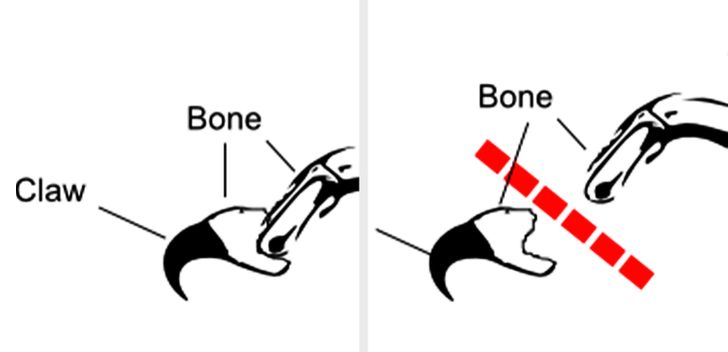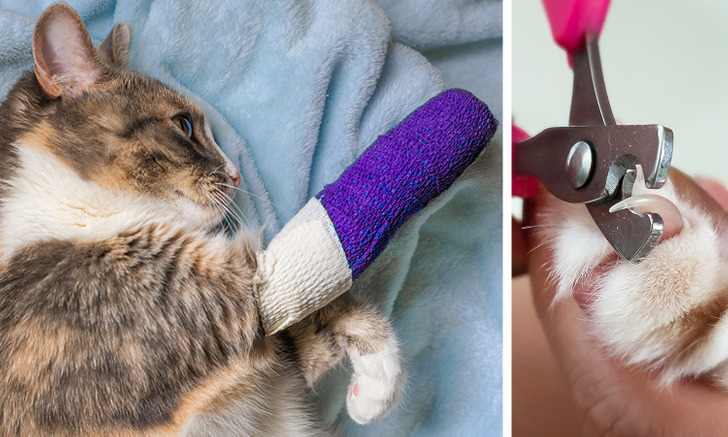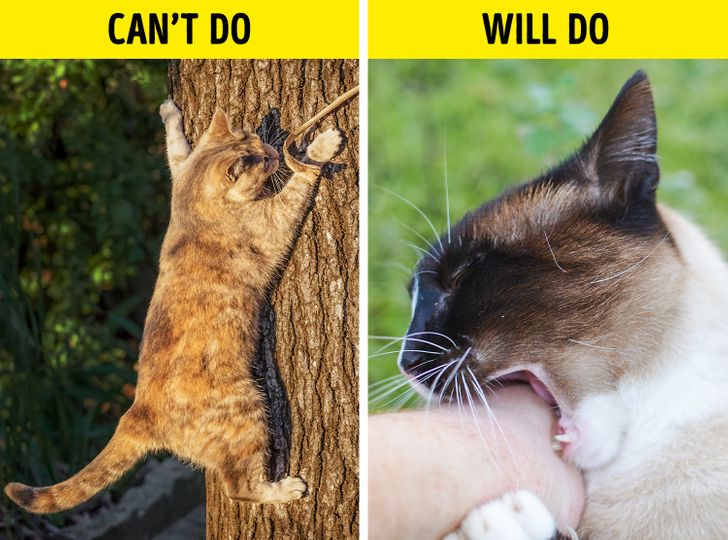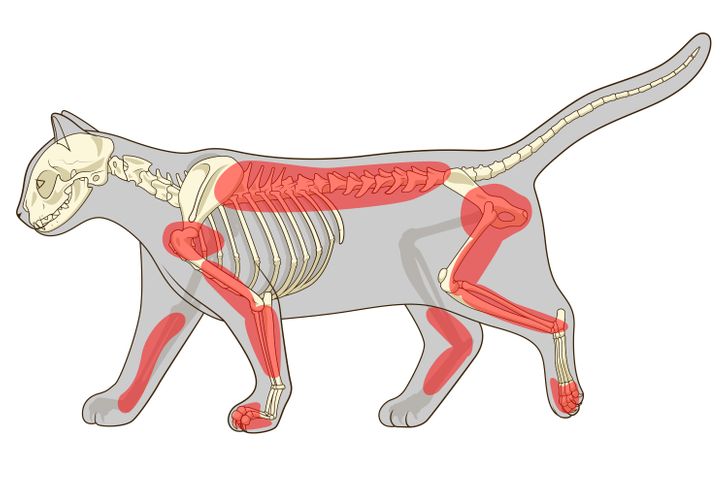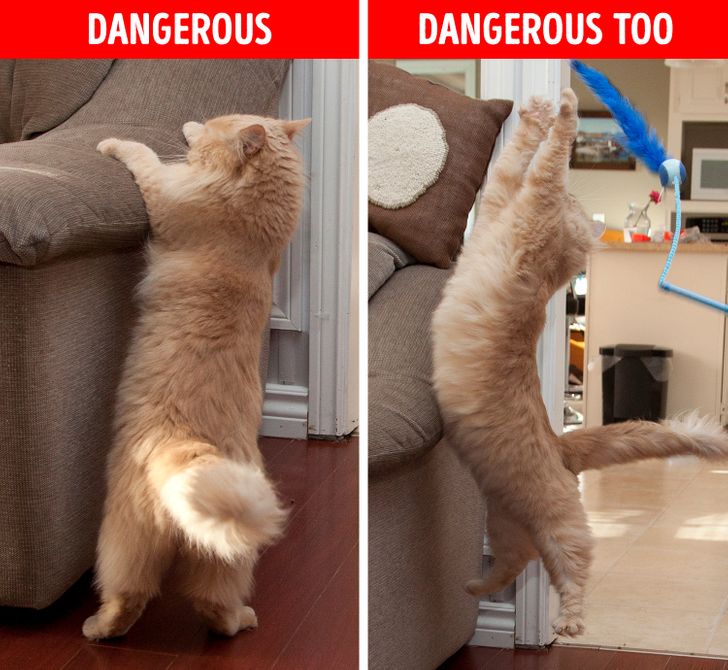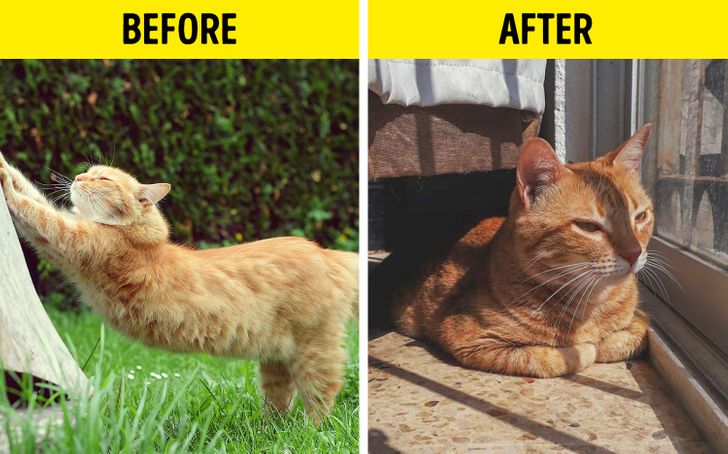My family always had cats, buy no one ever thought of declawing them! This doesn't even feel right
6 Reasons Why Declawing Your Cat Is a Selfish and Brutal Idea
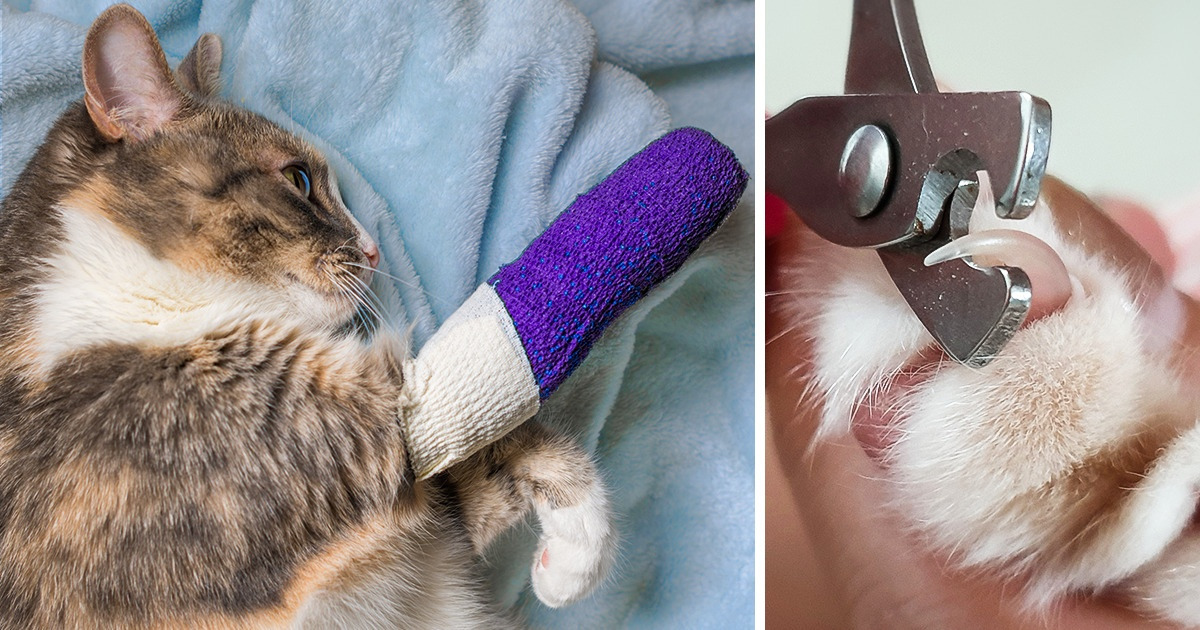
Just imagine waking up one day to find out that one of your body parts is missing. While it sounds kind of scary, it’s exactly what declawed cats might feel like after undergoing such a procedure. Cat owners often mistakenly believe that declawing is as simple and painless as getting a manicure but it may cause serious health problems like paw pad atrophy and is even banned in some countries because of its cruelty.
We at Bright Side believe that people shouldn’t always put their interests first and instead should protect the rights of every living being. So we’ve decided to shed some light on this controversial topic and explain why declawing your cat is considered inhumane.
1. It’s basically the removal of the cat’s fingers.
Cats’ claws aren’t similar to human nails so declawing can’t be compared to trimming your nails. Cats’ claws are the part of the last bone in their toes. So declawing includes not only the removal of the claws themselves but a series of bone amputations with all the ligaments and tendons. If a similar procedure were performed on a human, it would mean the removal of a finger at the last knuckle.
2. It leaves the cat in pain.
Although declawing is considered a routine procedure in many countries, studies show that 20% to 50% of declawed cats will experience some kind of complications after the procedure. They include pain, bleeding, radial nerve damage, and other complications associated with surgery like a risk of infection or abscesses. The cat may also suffer from chronic joint pain because declawing affects balance and muscle strength in the long run.
3. It causes serious behavioral issues.
Scratching is a natural behavior for any cat. They start doing it as early as 8 weeks old and it’s their way of marking their territory, getting rid of dead husks, and stretching their muscles. When the cat gets declawed, it suffers from emotional stress because it can’t scratch anymore. It also might make the cat more aggressive and prone to biting, and can negatively influence their interactions with other cats.
4. It makes the cat’s muscles weaker.
Declawing prevents the cat from being able to stretch their muscles. This, in turn, negatively affects the muscle strength of the shoulders, back, and legs, and can even cause muscle atrophy. This procedure also changes the way the cat walks, causing discomfort and ruining its posture.
5. It worsens the cat’s sense of balance.
Declawing impairs the cat’s sense of balance. Cats rely on their claws to help keep their body position stable when they walk or jump and to provide control over their muscles. But when the claws get removed, a cat has to find a new technique that would allow it to move without any discomfort. It increases the risk of injury during jumps or falls and brings the cat additional discomfort.
6. It turns the cat into a defenseless creature.
Veterinarians don’t recommend cat owners to allow their declawed pets to go outside. The cat won’t be able to protect itself from any danger or quickly escape because it can’t climb. The cat becomes vulnerable and loses its means of self-defense. Owners should be extremely careful to prevent their cats from ever escaping the house if they’ve been declawed.
Have you ever heard about the complications of declawing? Do you know any stories about pets that had to undergo this procedure? Share your experience in the comments.
Comments
Shouldn't it be considered animal abuse?
I have 2 cats they have tore up some furniture but never once thought I should declaw them ever furniture can be replaced and cats can be taught not to rip it apart
Related Reads
I Tried to Be the Husband My Wife Needed — She Figured Out What I Was Actually Doing

I Chose to Be Childfree, but Suddenly Became a Mom—And Now I’m Trapped
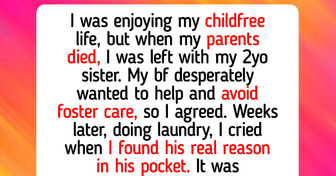
20+ Moments That Remind Us That Kindness Costs Nothing but Means Everything

11 Stories Prove It Takes a Real Superpower to Handle Rude Customers

I Refused to Share My Inheritance With My Partner — I’m Not His Backup Plan

Everything Seemed Normal in My Marriage Until I Found the Part of Our Story My Wife Never Mentioned

I Won’t Forgive My Parents Who Made Me Feel Worthless

My DIL Shut Me Out of the Family Vacation but I Didn’t Hold My Tongue
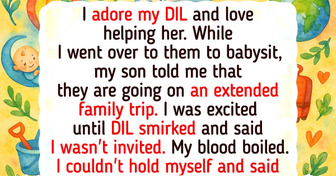
I Refuse to See My Stepfather Again After He Tried to Cancel My Mom’s Savings

I Absolutely Refuse to Delay My Retirement to Save My Spoiled Daughter and Her Son

I Excluded My Wife From My Kids’ Core Memories—She’s Too Busy Working

20 Tutors Reveal What Really Goes On Behind Closed Doors

